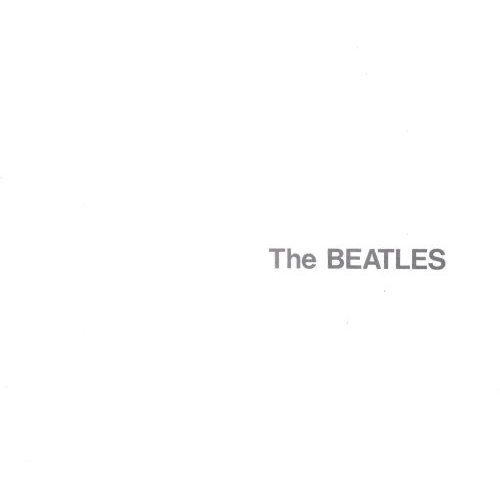It’s been said that the Beatles invented many rock cliches. How about this one: “This is a double album that would have been better if it had been edited down to a single LP.” To be sure, there is some filler on the Beatles’ eponymous White Album, but there is no way it could have been edited down. Its 30 tracks vary in quality, but it is so diverse that everybody would pick different tracks to cut, which means that it is probably for the best that all of it is laid out for listeners to discover. In its finished state, this album also provided a perfect snapshot of where the Beatles were at as a band in 1968. They had already begun to drift apart following the death of manager Brian Epstein in 1967, and the White album is the least “Beatles” album they ever recorded. Most of these songs were essentially solo tracks from one member or another, using the other three as sidemen where necessary. Say this about the Beatles: at least they were honest. They did not try to package these sessions as a succinct 14-song LP – they let all the fat and bad vibes show.
And these tensions between the band members must have kept them all on their toes in order to compete with each other, because this album showcases their strongest songwriting since Revolver. All four Beatles were working at their highest levels–John at his darkest and most personal on “Julia” and “Happiness is a Warm Gun,” Paul at his prettiest on “Blackbird” and “Martha My Dear,” George at his most acerbic on “Piggies,” and hell, even Ringo turned in far and away his best original song, “Don’t Pass Me By.” Radiohead rewrote “Sexy Sadie” and called it “Karma Police,” and countless metal bands have forged entire careers with variations on “Helter Skelter,” but none of them could touch the original. Besides that, there’s something to be said for a 19 million-selling album that contains a 9-minute collage of tape loops.

